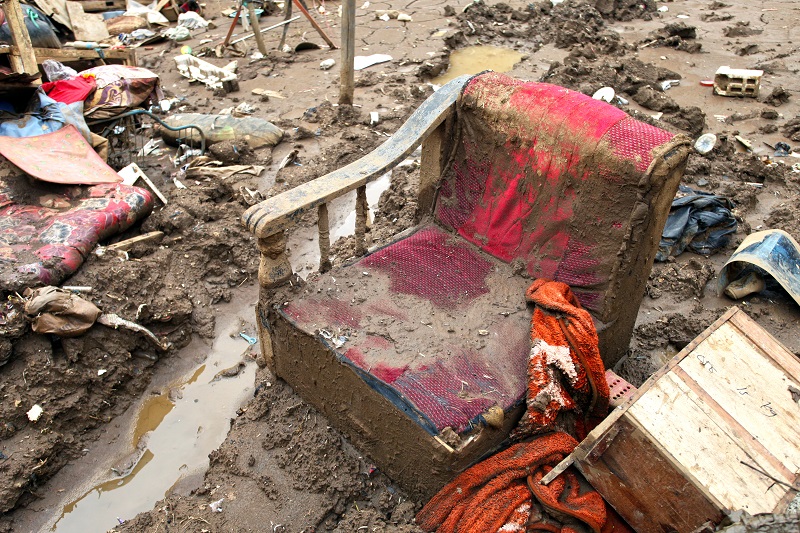The orderly disposal of debris and waste after an emergency situation has occured is important, both for the health and well being of the emergency responders as well as for the stricken population.
Some countries – e.g. Italy, United States and Asian countries – have experience in the field, simply because they have been, or are regularly confronted with fast high impact events such as (flash) floods, tornados, hurricanes, tsunami.
Doing a quick search in research literature and public documents / SOP’s, learns that:
- there is a specific field of research and practice, called Disaster Waste Management (DWM)
- the first publications date back 15 years, see some references below
- European states do not have standardised protocols for DWM

At a worldwide level, the most relevant standard guidelines were produced by the
- Federal Emergency Management Agency in the US (FEMA, 2007),
- Ministry of Environment in Japan (Ministry of the Environment Japan, 2011)
- United Nations (UNEP/OCHA-MSB, 2011).
- An additional example is that of Malaysian authorities, that defined guidelines for DWM after the many hydro-geological disasters, caused by heavy rainfall during the monsoon season (Zawawi et al., 2015)
